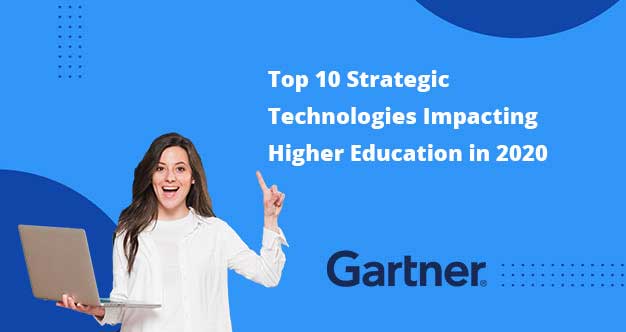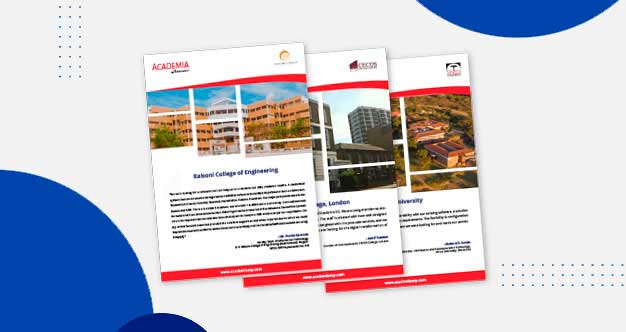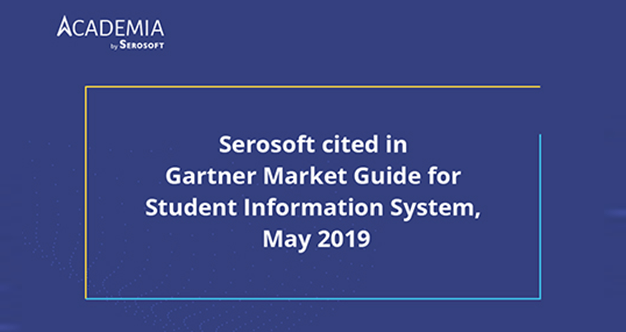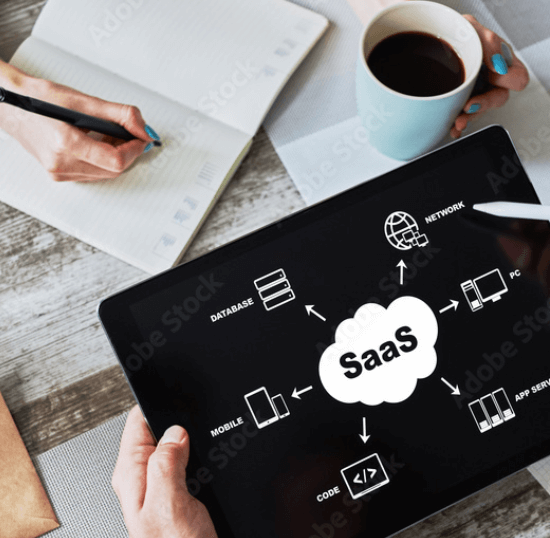The Impacts of School Management Software- Empowering Education
In this era of AI and Machine learning, technology has transformed the landscape of education, making it more efficient and accessible. One such innovation that has revolutionized the functioning of educational institutions is School Management Software/System (SMS or K12 SIS). This comprehensive and integrated tool has proven to be a game-changer, streamlining various administrative tasks, enhancing communication, and fostering better collaboration among students, parents, teachers, and school organizations. Let’s delve into the manifold ways in which School Management Software/System (SMS or K12 SIS) benefits each stakeholder.
1. How does School Management Software help Students?
a) Enhanced Communication: School Management Software facilitates seamless communication between students and teachers. Students can access announcements, assignments, and study materials online, staying informed and organized.
b) Performance Tracking: With real-time access to their grades and progress reports, students can monitor their academic performance, identify areas of improvement, and take necessary actions to excel.
c) Interactive Learning Resources: School Management Software provides access to a vast repository of interactive learning resources, including educational videos, e-books, and multimedia content, making learning more engaging and enjoyable for students.
d) Collaboration and Discussion Platforms: The software includes discussion forums or virtual classrooms where students can collaborate, share ideas, and engage in peer-to-peer learning, fostering a sense of community and teamwork.
2. How does School Management Software help Parents?
a) Parent-Teacher Collaboration: School Management Software enables parents to communicate with teachers efficiently, track their child’s academic progress, and stay updated about school events, ensuring active involvement in their child’s education.
b) Attendance Monitoring: Parents can easily monitor their child’s attendance, enabling timely interventions and promoting regularity in school.
c) Fee Management and Online Payments: The software simplifies the fee payment process for parents by providing secure online payment options, enabling them to pay fees conveniently from anywhere and reducing the need for physical visits to the school.
d) Progress Analysis and Parent-Teacher Meetings: The software facilitates progress analysis reports, enabling parents to better understand their child’s strengths and weaknesses. It also aids in scheduling and conducting parent-teacher meetings, promoting effective communication between all stakeholders.
3. How Does School Management Software Help Teachers?
a) Simplified Administrative Tasks: School Management Software automates routine administrative tasks like attendance recording, report card generation, and timetable scheduling, freeing up teachers’ time to focus on teaching and mentoring students.
b) Customized Learning: With access to students’ academic data and performance analytics, teachers can personalize their teaching methods to cater to individual learning needs effectively.
c) Efficient Grading and Evaluation: The software streamlines the grading and evaluation process, allowing teachers to input marks digitally and generate report cards effortlessly, thus saving time and ensuring accurate grade management.
d) Attendance Notifications: The software can send automatic attendance notifications to teachers, enabling them to identify students with irregular attendance promptly and address any attendance-related issues proactively.
4. How Does School Management Software Help Organizations?
a) Streamlined Administrative Workflow: School Management Software optimizes the overall administrative workflow by centralizing data, managing admissions, handling fee payments, and facilitating resource planning, leading to better organizational efficiency.
b) Data-Driven Decision Making: With data analytics and insights provided by the software, educational institutions can make informed decisions to improve their academic programs and administrative processes.
c) Resource Optimization: The software helps in optimizing resources such as staff, classrooms, and equipment, ensuring their efficient utilization and reducing unnecessary expenses.
d) Performance Analytics and Institutional Improvement: The software’s analytics features provide valuable insights into the institution’s overall performance, helping administrators identify areas for improvement, refine teaching methodologies, and enhance the learning environment.
Conclusion: In the dynamic world of education, embracing technology is crucial for the growth and success of educational institutions. Academia School Management Software/System stands out as one of the best School Management Software solutions, offering a wide array of features tailored to the unique needs of schools. With its user-friendly interface, robust data security, interactive learning resources, seamless integration, and comprehensive administrative tools, Academia ERP empowers schools to achieve excellence in academic administration, foster meaningful interactions, and deliver an enriched
learning experience for students. Explore School Management Software – Academia ERP today and embark on a journey of streamlined educational management for a brighter future.
Related Posts:
 Higher Ed Plans
Higher Ed Plans K12 Plans
K12 Plans










